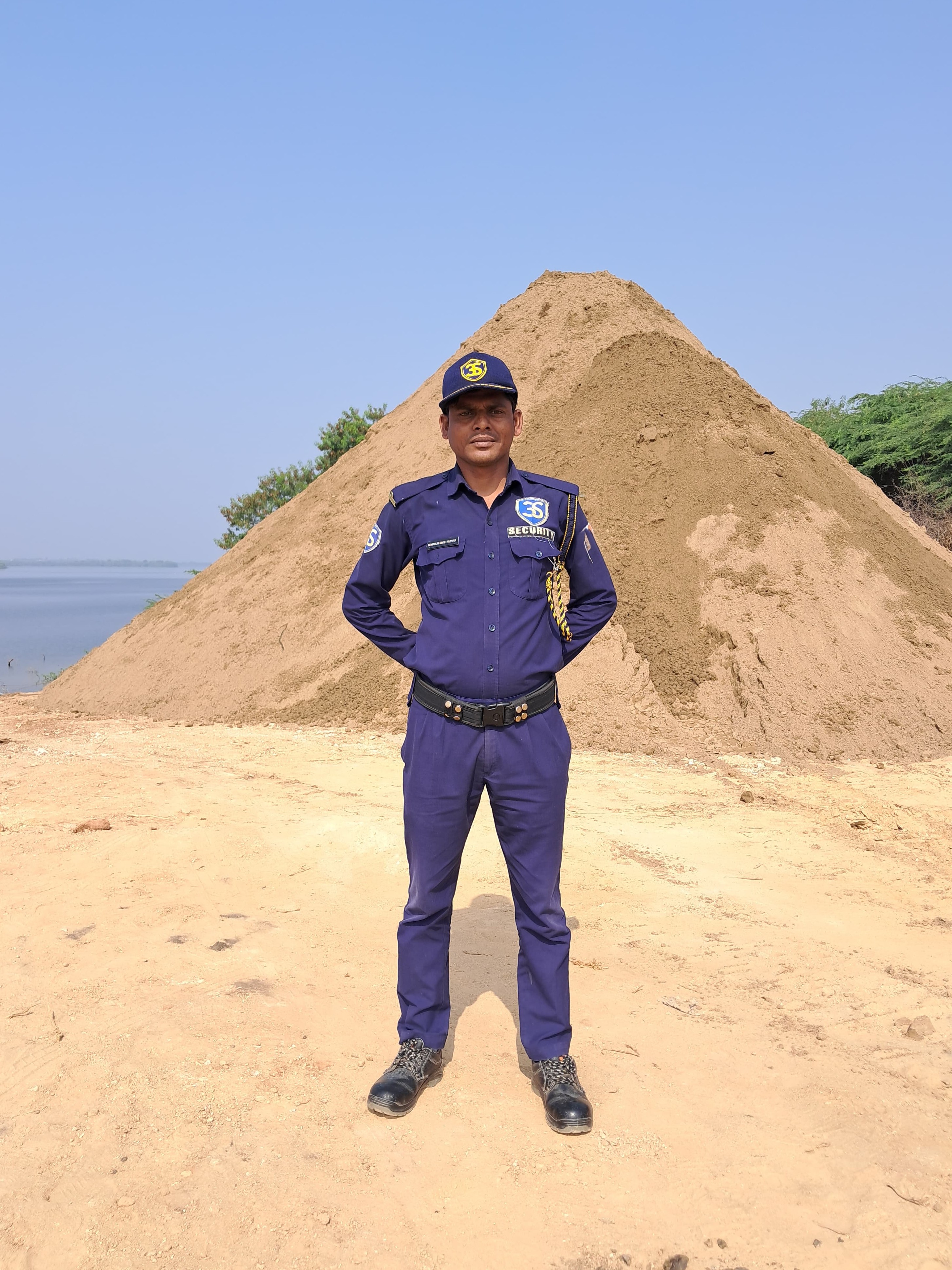
Unarmed security services encompass a wide range of protective measures and
strategies aimed at maintaining safety and security in various settings without
the use of firearms or lethal weapons. Here's a detailed description of unarmed
security services along with key points:
1. Patrolling and Surveillance:
·
Unarmed
security officers conduct regular patrols on foot or in vehicles to monitor
premises, deter criminal activity, and ensure the safety of occupants.
·
They
use surveillance equipment such as CCTV cameras to observe and report
suspicious behavior or unauthorized access.
2.
Access
Control:
·
Unarmed
security personnel manage access points to buildings, facilities, or events by
verifying credentials, checking identification, and controlling entry and exit
procedures.
·
They
enforce security protocols to prevent unauthorized individuals from entering
restricted areas.
3.
Crowd
Management and Event Security:
·
Unarmed
security teams provide crowd control and maintain order at public events,
concerts, festivals, and sporting venues.
·
They
guide traffic, direct crowds, and respond to emergencies to ensure the safety
of participants and spectators.
4.
Customer
Service:
·
Unarmed
security officers often serve as the first point of contact for visitors,
employees, and tenants.
·
They
provide assistance, directions, and information to individuals, enhancing
customer service and promoting a positive environment.
5.
Emergency
Response:
·
In
the event of emergencies such as fires, medical incidents, or natural
disasters, unarmed security personnel take prompt action to evacuate occupants,
provide first aid, and coordinate with emergency services.
·
They
are trained to respond calmly and efficiently to crisis situations while
maintaining order and minimizing panic.
6.
Incident
Reporting and Documentation:
·
Unarmed
security officers document all incidents, disturbances, and security breaches
in detailed reports.
·
They
collect evidence, gather witness statements, and collaborate with law
enforcement agencies as needed for further investigation.
7.
Conflict
Resolution and De-escalation:
·
Unarmed
security personnel are trained in conflict resolution techniques to defuse
tense situations and resolve disputes peacefully.
·
They
use effective communication, negotiation, and persuasion skills to manage
conflicts and prevent violence.
8.
Property
Protection:
·
Unarmed
security services include safeguarding property, equipment, and assets against
theft, vandalism, and unauthorized access.
·
Security
officers conduct inspections, enforce security measures, and implement theft
prevention strategies to minimize risks.
9.
Training
and Continuous Improvement:
·
Unarmed
security providers offer comprehensive training programs to equip officers with
the necessary skills and knowledge for their roles.
·
Security
personnel undergo regular training updates and participate in ongoing
professional development to stay updated on industry best practices and
emerging threats.
10. Community Engagement and Liaison:
·
Unarmed
security teams foster positive relationships with the community, building trust
and cooperation.
·
They
serve as liaisons between property owners, residents, businesses, and local
authorities, contributing to a safer and more secure environment.
Unarmed security
services play a vital role in safeguarding people, property, and assets,
providing peace of mind and protection in diverse environments. Through their
proactive approach, professionalism, and dedication, unarmed security personnel
contribute to creating a secure and welcoming atmosphere for everyone.